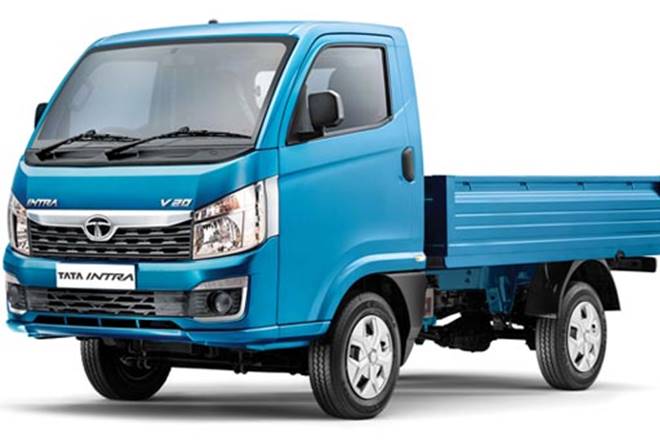The auto industry saw a drop in sales in 2019. But has the slump bottomed out in your view? By when do you expect demand for automobiles to recover?
While it is difficult to come up with a definitive time-frame for the recovery, the increase in inquiries in December and the expected pre-buying suggests the worst is behind us, though we expect the industry to revive only in the second half of FY21. The transition from BS-IV to BS-VI emission norms would be complete by then and the government’s efforts to turn around the economy would have started paying off. The festive season in the latter half of the year is going to determine the extent of the recovery.
Advance estimates peg FY20’s GDP growth at 5%. Since sales of commercial vehicles (CVs) are linked to economic growth, what’s your outlook on the recovery of the segment?
The recovery of the CV segment remains unpredictable because of numerous cyclical and structural factors. Such a revival has taken 24-36 months in the past, though there are even examples of a slowdown stretching over 5-6 years. At this point, it seems impossible to come up with an exact timeline for the recovery or predict its nature.
The total domestic sales of your company were down 12% y-o-y in December, and have fallen by as much as 30% in the ongoing fiscal; what is the outlook for Tata Motors’ India business?
You are citing wholesale figures, which is not the right metric for the industry. Our focus has been on retails where we have retained our market share. In fact, our retail sales went up in December and we managed to clear our stock. We are aiming at zero BS-IV stock by March 31, 2020. We are on track to achieve that, being comfortable with the inventory levels now. Our turnaround in passenger vehicles (PVs) and CVs is going as per plan as far as cost reduction is concerned. We have been able to lower the breakeven point and become cash-accretive in a demanding environment. What we now need are volumes. Transition from BS-IV to BS-VI, our brand new portfolio with new and improved products and new experiences like connectivity and electrification constitute the core of our future agenda. January 2020 started for us the transition to BS-VI and we are ready for a strong product offensive this year. With some market tailwinds, I have no doubt we would be able to get back to the growth path.
Are you concerned about poor demand overlapping with the transition to BS-VI norms since vehicle costs will rise?
In the case of CVs, demand is also driven by macro-economic factors and not just prices. The cyclical challenges need to subside for a recovery to happen. In December, we did see an increase in inquiries but it is difficult to ascertain the demand trajectory at this point. As for PVs, consumers have been wary of buying vehicles in the ongoing fiscal. Though there is buying interest, factors like GST, BS-VI transition, and fuel options have led to confusion in the market. This requires greater awareness, for which we have already launched initiatives. While the market has remained sluggish, there has been demand for new launches. We have also witnessed customer preference shifting to SUVs. For instance, Harrier saw high retails in December 2019. The BS-VI transition leading to price hikes is also expected to drive some pre-buying.
Some auto players are understood to have partnered with banks to boost sales. Are you looking at such measures to raise volumes?
We will do everything to offer our customers a hassle-free vehicle ownership experience, whether it is increasing our network footprint for better access, introducing innovative sales offerings, or improving retail financing with our banking partners.
The scrappage policy has been in the works for some time now. What measures could the government take to revive the industry?
The scrappage policy is important, being one of the interventions which could significantly narrow the gap between capacity and demand. The government has sought our feedback on its first draft and we hope that it would be formalised and approved soon, as it could aid the transition from BS-IV to BS-VI.
Tata Motors recently launched the Nexon EV SUV; how do you see your EV segment doing in the current fiscal and FY21?
We are leading this space with a good order book for EV buses and cars and we intend to maintain that position. EVs are still at a nascent stage in the country, with the focus as much on creating a conducive ecosystem for faster adoption. We are tapping every potential space in this market though we can’t share growth projections at this stage.
